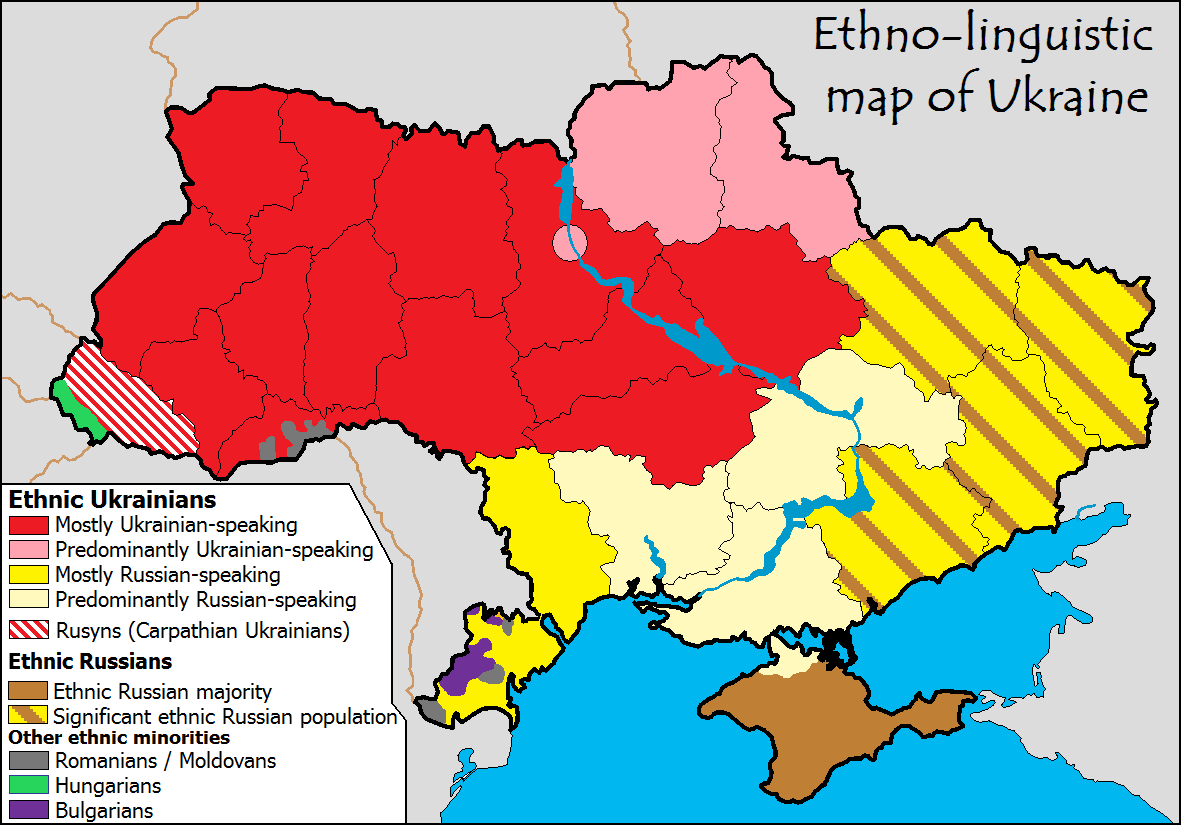
Subtitled “A scientist’s guide to our past, present, and future,” this NY Times best-seller was written by Vaclav Smil, a Czech-Canadian scientist and policy analyst. His has authored deep studies in energy and agriculture, but he excels in interdisciplinary studies and describing complex problems without lapsing into confusing jargon. As I used to tell my analysts, “anybody can show how complex a problem is; your job is to make all that complexity instantly understandable.” Smil, the Distinguished Professor Emeritus at the University of Manitoba, provides just enough data while wading through vast quantities of the same across multiple fields of endeavor to show why some policies are possible in the real world, and others are not.
Take the synergy between food and oil, for example. Smil details how even if we abandon fuel for automobiles, oil and its products were essential to the earlier green revolution in agriculture, and cannot be replaced (easily) in airplane fuel, fertilizer, or plastics. In the absence of technological advances to replace these products (technological advances which are not being seriously sought), there is no way to feed the current eight billion people on the planet, let alone assumed population growth. Reducing waste, changing diets, and investing in research can get us about halfway there, but would leave us returned to a world where half the population faces imminent starvation: hardly a desirable state. Thus Petroleum, Oil, and Lubricants (POL) remain essential products for the foreseeable future (say, fifty years), regardless of how many of us drive electric cars. De-carbonization is a non-starter, as long as we value eating.
Smil takes a rhetorical axe to several sacred cows beside de-carbonization, including globalization, climate change, artificial intelligence (AI), and space colonization. He is not a polemicist or a denier; he just insists on scientific facts in place of assumptions, tweets, and narratives. For example:
- He shows how globalization has come in waves (the first when Rome ruled, another during the early 20th Century, a third in the 1980s, all driven by a combination of technological and political change. It is neither a “force of nature” (pace President Clinton) nor inevitable, and it can and has waned recently. He demonstrates how the economic wisdom of relying on a single source of medical protective gear (China) left the entire world vulnerable during the covid pandemic, and also led to the ridiculous point that Canada, a nation with the world’s largest supply of usable forests, imports nearly all its toothpicks and toliet paper from China, a place with few such resources. Globalization is a policy choice which has winners and losers, not a wave which cannot be resisted.
- Smil turns things on its head when he professes his complete acceptance of the “science of global warming” while criticizing the “religion of climate change.” He has no time for climate deniers: he demonstrates that the relationship between carbon and global temperature was first identified by American scientist Eunice Foote in 1856, and the Swedish chemist Svante Arrhenius correctly identified how much and where the warming would occur in 1896! None of this was especially controversial until the science of global warming evolved into the public policy debates and the catastrophic predictions of climate change proponents. Note Smil is certain we need to both reduce carbon sources and mitigate its effects; yet he brooks no fools. His take down of Emmanuel Macron’s famous tweet (“Our house is burning. Literally. The Amazon rainforest–the lungs which produces (sic) 20% of our planet’s oxygen–is on fire.”) points out that (1) lungs don’t create oxygen, they use it, (2) plants in general use as much oxygen as they make, and (3) at current rates of consumption, it would take 1500 years to reduce Earth’s oxygen-rich atmosphere by three percent (the equivalent of moving from New York City to Salt Lake City).
- Smil is a true environmentalist, but he will not succumb to hyperbole or exaggeration for effect. He points out that all of our increasingly complex climate models have barely changed Arrhenius’ 1896 forecast, and that the key driver of increasing atmospheric carbon content was the rise of China. In a single generation China moved almost a billion people from near-starvation to owning automobiles and air conditioners, at the cost of huge increases in atmospheric carbon. India and Africa are now poised to make the same ascent: how do we deny them? Or what do we do to accommodate them?
- Regarding the replacement of real things (like concrete, ammonia, plastic and steel, what he calls the four pillars of modern civilization) with virtual things, Smil can barely conceal his contempt. He shows how modern civilization is based on the former four, while the latter is a recent offshoot which also requires enormous amounts of silicon and energy. The virtual world relies on this invisible connection, and while the virtual world can change quickly, it is entirely dependent on the less-easily changed real world. Thus the real world always trumps the virtual one.
- As to the growth of artificial intelligence, he asks how that played out during the pandemic (answer: it didn’t). In the end, “the best we could do is what the residents of Italian towns did in the Middle Ages: stay away from others, stay inside for 40 days, isolate for quaranta giorni.” And the singularity (when artificial intelligence merges with and replaces human intelligence)? He views it as a weird, metaphysical bit of wishful science fiction. The recent claim by a Google engineer that its LaMDA chatbot model was sentient is a case study: while it can hold elaborate conversations that are eerily human, it also cannot correctly answer a question like “when did Saturn pass through the Panama Canal?” Any six-year old can quickly discern the conceptual impossibility of a planet passing through an earthly canal, but these are only words to the best AI we have.
- Finally, space travel and colonization, even of nearby Mars, faces so many staggering challenges that it only serves to underline the necessity of safeguarding the one planet and one environment in which our species is uniquely suited to thrive.
His final chapters on risk (like how likely you are to die from visiting a hospital versus being killed by a terrorist) are instructive, and he even delves into how we understate risks where we feel we have control (driving a car) and overstate those where we apparently don’t (a plane crash). Smil even shows how our successful effort to increase longevity created a larger pool of older people vulnerable to a pandemic, and true enough, the elderly were vastly overrepresented in the covid death rolls.
As you might imagine, Smil is something of an iconoclast. He lives a frugal, thoughtful life embodying his beliefs in less consumption and reduced energy use. He debunks conservative and liberal shibboleths alike (he shreds the notion there is nothing America can do about gun violence, for example). He doesn’t argue for inaction; he says we face serious challenges and need to act, but we need to understand what we’re doing first, and avoid simplistic solutions (like de-carbonization). He does discuss reasonable changes in diet, better ways to improve agricultural production, increases in insulation and water use that could make a huge difference.
As you can probably tell, I enjoyed his book immensely. The statistical presentation (using scientific notation frequently, like 1 x 10-2 for example) gets a little annoying over time, but it is forgivable and necessary. At the beginning, throughout, and in the end, he reminds the reader he is neither a magician nor a prophet, just a person who seeks to understand things before leaping to policy conclusions. That’s refreshing!



















